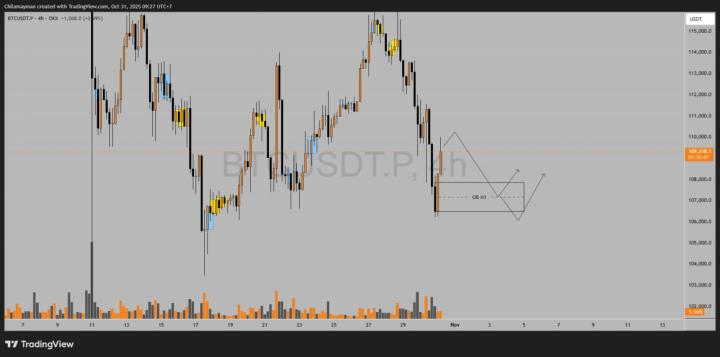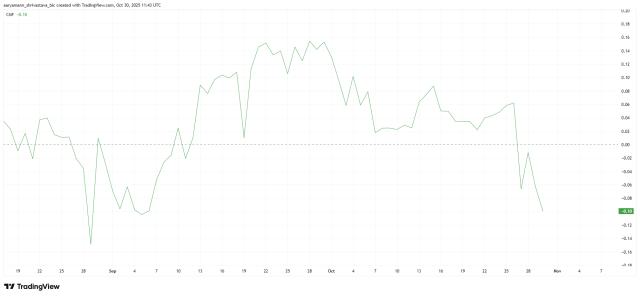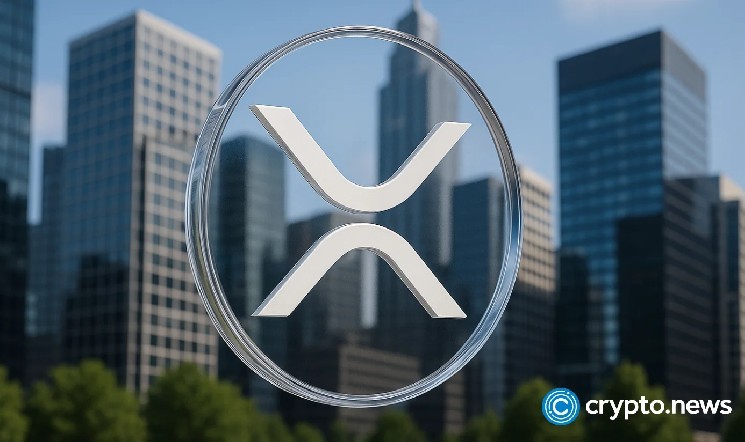Ethereum 's mainnet is scheduled to undergo the "Fusaka" hard fork on December 3rd. Developers emphasize that this update will directly improve the scalability, security, and sustainability of the base chain and Layer 2 networks. According to previous reports , the Hoodi, Holesky, and Sepolia testnets have all been successfully deployed, bringing the mainnet upgrade to its final countdown.
Mainnet countdown and technical positioning
Fusaka is located in "The Surge" phase of Ethereum's long-term blueprint, following the Pectra upgrade earlier this year which focused on the staking experience, and paving the way for Glamsterdam, planned for early 2026. In addition to routine feature fixes, this fork focuses on addressing long-standing data bottlenecks and fee pressures, symbolizing a pragmatic step towards Ethereum's vision of a global settlement layer.
PeerDAS: Sampling Validation Brings Eight Times More Data Space
The core proposal EIP-7594 introduces the PeerDAS (Peer Data Availability Sampling) mechanism, allowing validators to inspect blob fragments through random sampling instead of downloading the complete data. QuickNode's technical analysis indicates that this design significantly reduces bandwidth and storage requirements, lowers node operating costs, and thus benefits the network's decentralization. Official tests show that the amount of blob data that a single block can hold can be increased by up to eight times, directly freeing up data space and cost flexibility for second-layer networks such as Arbitrum, Optimism, and Base.
Finst's impact on PeerDAS is noted:
Lower transaction fees and faster confirmation times are expected to attract a large number of users and developers to Web3.
The block gas limit has been increased to 150 million units.
Another key adjustment is increasing the block gas cap from 30 million units to 150 million units. This is conservatively estimated to increase mainnet TPS from approximately 15-20 transactions per second to 40-60 transactions per second, alleviating congestion during peak periods. The accompanying proposal, EIP-7825, sets a gas cap for individual transactions to prevent a few large transactions from filling up the block. The newly added secp256r1 pre-compiled version provides broader wallet support and enhances security. These changes allow development teams and institutional users to deploy applications in a more stable environment.
In addition, the BPO (Blob-Parameter-Only) forks mechanism allows for smaller upgrades to adjust blob parameters between two large hard forks, ensuring that the Layer 2 network can scale rapidly as market demand increases.
Strategic significance and subsequent route
The Fusaka upgrade is seen as a new attempt to challenge the blockchain "Blockchain Trilemma": prioritizing security and decentralization while improving scalability. Lower fees and higher bandwidth are expected to encourage further innovation in DApps and accelerate on-chain adoption in the financial, gaming, and social sectors. With the implementation of PeerDAS and the increased gas cap, Glamsterdam will be further optimized for parallel smart contracts and execution efficiency, forming a seamless connection.
Wall Street funds and Silicon Valley engineers are closely watching this turning point. After the upgrade completes on the evening of December 3rd, the Layer 2 transfer and mainnet fee performance will be the focus of market attention. If it runs smoothly, Ethereum's position in the global settlement layer race is expected to be further consolidated, paving the way for larger-scale decentralized economic activity.








